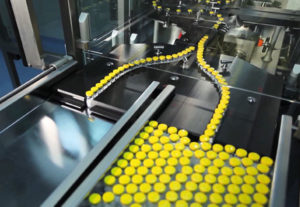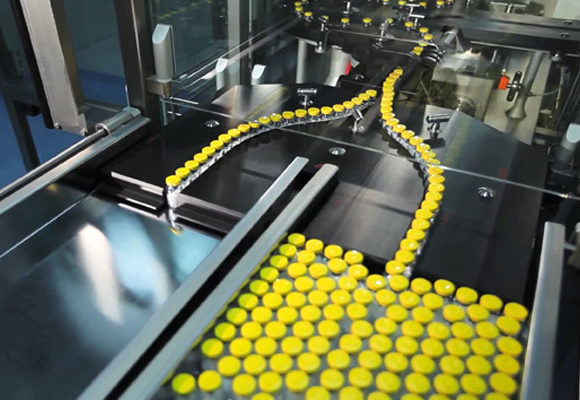
How to Have Better Data Collection Using Quality Testing
// February 25, 2015 //
Continuous improvement should be one of the biggest goals of any manufacturer. If you're not always trying to improve, you're falling behind. In order to stay ahead of the competition, you always need to be taking steps to better yourself in every aspect of your shop floor. One way to achieve this goal is to make sure you are always putting out the best product possible—this requires quality testing.
What is Quality Testing?
Quality testing is done through routine data collection. A quality department is responsible for making sure parts, whether made in-house or received from an outside supplier, properly meet standards and specification. These tests are done at various stages of the receiving and production processes to not only ensure a high quality end product, but also, if a problem does occur, to pinpoint exactly where it is occurring.
Why do Quality Testing?
Not only are these tests for the purpose of continuous improvement, but also to aim for customer satisfaction. You ultimately want your customers to be satisfied with your products. The product standards set in place are made with the customer in mind; safety and quality are both in the best interest of the customer.
How it Works
Overall, the process of quality tests is based on looking for discrepancies. Typically these are recorded on spreadsheets or Word documents. With our manufacturing execution system (MES), Paper-Less MV2, these are recorded electronically. In our system, a series of tests are set up: an attribute test where a part either meets a standard or it doesn’t, or a variable test where a part is measured against a target value. When a part doesn’t meet the required specification, defect codes and even comments can be logged in our MES system. Once there is enough data collection, problem areas can be identified from reoccurring defect codes.
Conclusion
Once problem areas have been defined, you can focus on improving the quality of your product. This process is ongoing to ensure that you are always putting out the best product possible for your customers, and bettering yourself as a manufacturer. Staying ahead in manufacturing all comes down to continuous improvement so make that a focus on your shop floor today.
Want to know more? Contact us today or check out our SlideShare presentation "Quality Testing through MES" by clicking the button below.




